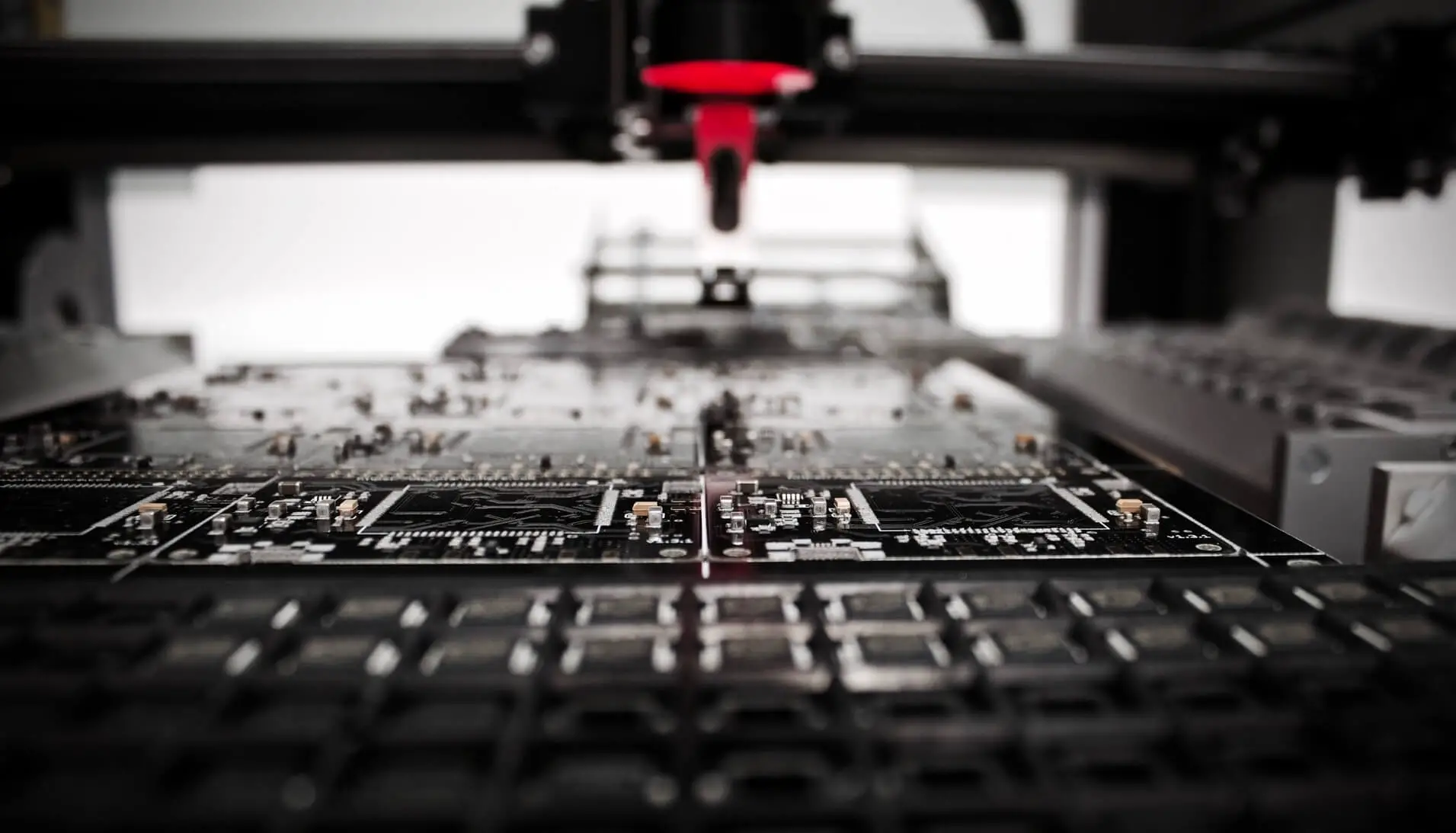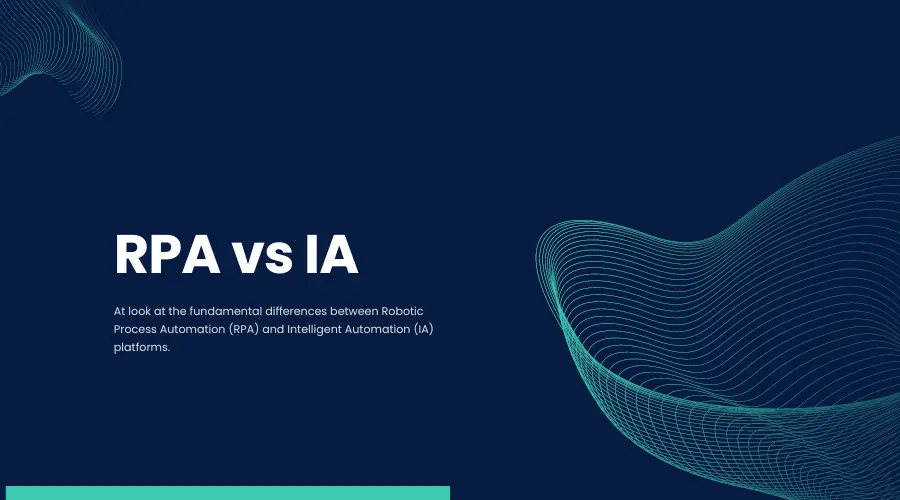Digital transformation in today’s business landscape can be achieved in various ways. Businesses utilize several concepts to help achieve digital transformation but, as is often the case, some tools are more efficient when combined with other tools.
Because these concepts tend to be quite different from each other, it is not always possible to compare them accurately.
However, businesses can always measure the level of efficiency of these tools individually and when combined to determine which produces more favorable results.
For example, two concepts that businesses often use are BPM and RPA. Let’s take a look at what advantages a company could earn when BPM and RPA combined.
What Is BPM?
Business process management (BPM) is a strategic management discipline that focuses on reorganizing a business’ internal processes to enhance the workflow and increase efficiency.
BPM has several different aspects, each centering on a separate function such as planning, optimization, monitoring, etc. Its main goal is to improve performance through automation.

Of course, business process management refers not only to the concept but also to the tools used to implement this strategic approach.
BPM tools and solutions refer to the BPM software components that businesses use, like predictive analytics, rule modeling, workflow engines, process intelligence, business rules, low-code tools, web forms, and more.
It is also important to know that to implement BPM, certain things will have to be secured beforehand.
Business process management requires a significant process reconstruction within an organization.
To implement BPM, businesses need to change how they are used to operating and be open to new ways of working.
Another vital step that needs to be done early on is an in-depth analysis of the organization, which will determine where any inefficiencies occur. Moreover, there needs to be a certain level of participation from all the key teams and decision-makers of the organization.
Key BPM Benefits
With the tools included within BPM software, an organization cannot only course correct a business process and its subsequent tasks but also continuously track its performance.
Business process management detects weaknesses within an organization, restructures fragmented workflows and corrects them, and works on streamlining each internal process to produce better results and increase profitability.
What Is RPA?
Robotic process automation (RPA) is an automation technology software that assists an organization’s employees in completing repetitive and time-consuming tasks through the use of software robots.
Unlike business process management, which is considered to be a more holistic strategic approach, robotic process automation targets specifically individual tasks to improve efficiency.
Furthermore, RPA does not require company-wide participation, as only the employee previously assigned to perform a task needs to be involved in the creation of the robot.
Some of the manual tasks that robotic process automation can take care of are:
- copy/paste functions
- sending alerts
- retrieving and comparing data, and more.
These machines mimic the actions of actual employees, so they can perform routine tasks more accurately and efficiently.
This enables human employees to focus their work time on higher priority and more complex duties, as well as more engaging tasks, like problem-solving, creative assignments, public relations, etc.
Key RPA Benefits
Robotic process automation removes the burden on Information Technology and leads to increased employee productivity, which produces even more benefits for an organization. These “bots” also decrease the chance for human error, which is very frequent in monotonous tasks.
Moreover, robotic process automation offers user-friendly platforms, where employees with very little programming experience can configure bots to automate tasks that may require higher programming expertise and make up for their inefficiencies.
Companies can create these bots to continuously perform tasks under specific instructions, saving valuable time for actual employees and solving automation challenges.
Even though each bot can complete only one type of task, an employee can coordinate groups of bots so that each can perform a task as part of a process.
Benefits of BPM and RPA Combined

Interestingly enough, RPA can be integral to business process management. While robotic process automation and business process management have different scopes, they can be complementary components to an overall unified automation strategy.
Let’s take a look at some of the advantages that BPM and RPA combined can offer to organizations.
Reduce Approval Waiting Time
One of the most time-consuming steps within an organizational process is the approval waiting time.
With RPA and BPM, minor decisions can be automatically taken by the bots, which operate under specific standards. Therefore, processing times can get accelerated, providing faster outcomes.
However, because not every decision can be automated, there will still be those critical decisions that will have to go through supervisors. Regardless, there will still be a significant increase in time efficiency.
Define Exceptions
Another example that proves the combined benefit of RPA and BPM is when it comes to exceptions. Solely, a robotic process automation bot will not be able to process a task that is not programmed to handle. In this case, an employee will be required to intervene manually.
However, business process management can define how each exception should be dealt with and monitored, avoiding the loss of valuable time and ensuring that the process continues to move ahead.
Integrate Legacy Systems
Business process management and robotic process automation are also very helpful in integrating legacy systems.
Thanks to the combined use of the two tools, organizations can connect legacy applications with more modern software without changing dramatically any already in-place processes or having to spend a lot of funds on integration.
Minimize Errors and Bottlenecks
BPM and RPA combined also limit errors and eliminate bottlenecks. Manual work can always create issues due to the frequency and unavoidability of human error, but automating a single task does not guarantee better results.
Automating one sole task can often disrupt the efficiency of a process when the other components of the process are not considered during the automation.
Therefore, this can create several bottlenecks. However, robotic process automation and business process management can ensure the stable flow of a process, mitigating any possible disruptions.
Boost Employee Productivity (and Morale)
As mentioned earlier, RPA and BPM software can also dramatically increase employee productivity by eliminating time-consuming tasks that create fatigue from an employee’s duties thanks to automation.
As a result, they also increase job satisfaction and work morale.
Conclusion
Both BPM and RPA software are essential tools for organizations to ensure efficiency and productivity.
Using these tools may be necessary for any organization that is looking to achieve digital transformation.
However, each tool separately is not as effective as BPM and RPA combined.
BPM makes the integration of robotic process automation easy, providing businesses with effective automation, a stable organizational structure, and increased workflow efficiency.



